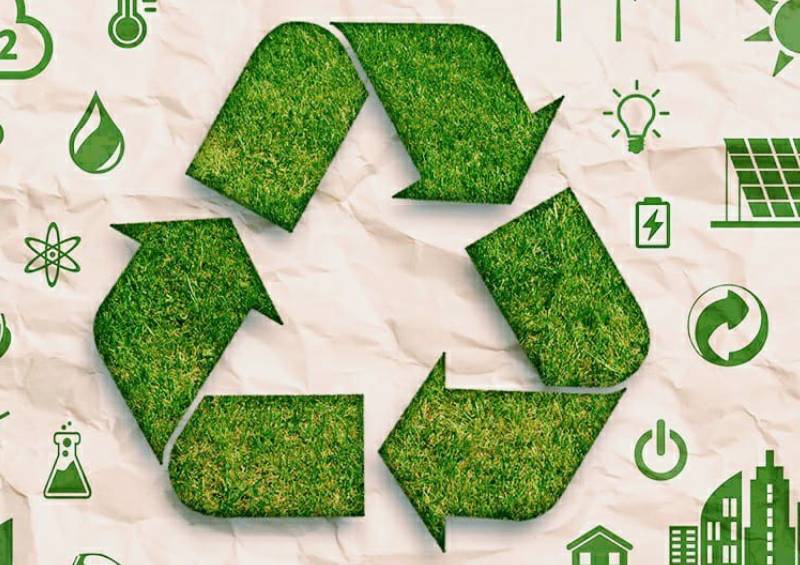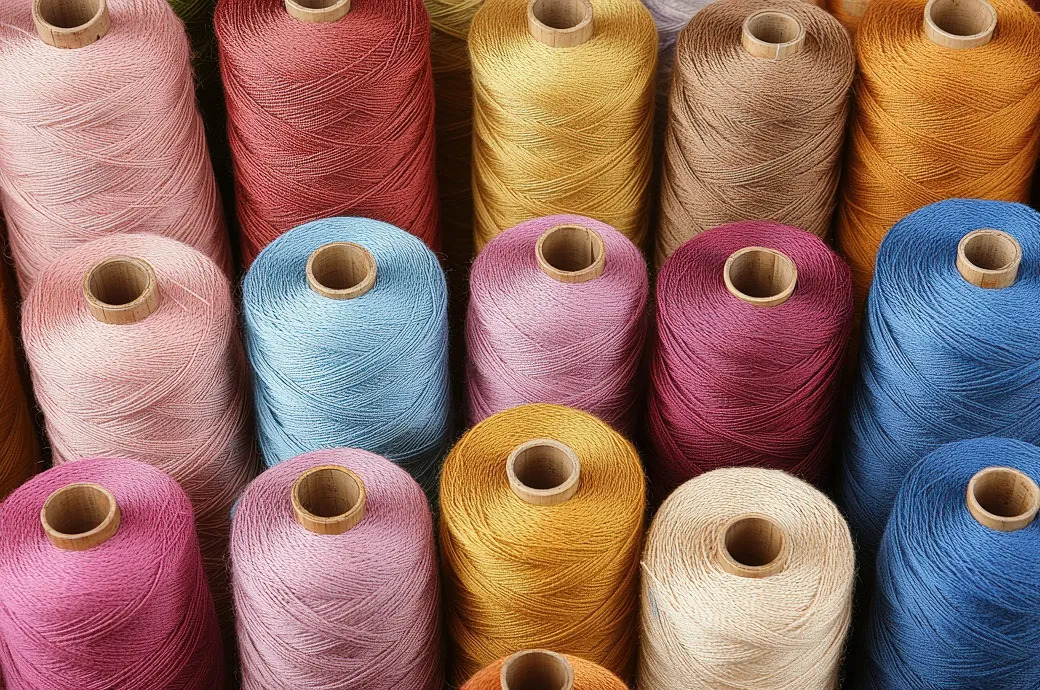
As the world grapples with the environmental impact of fast fashion, India is emerging as a leader in sustainable textiles, weaving together innovation, tradition, and environmental consciousness.
The seeds of change, organic cotton farming
The journey towards sustainable textiles begins at the farm. India, the world's largest cotton producer, has seen a rise in organic cotton farming. Farmers are adopting eco-friendly practices, shunning synthetic pesticides and fertilizers that harm the environment. Farmers who switched to organic cotton say it is not just about protecting the environment; it's about empowering farmers. The initial investment is high, but the long-term benefits are more as yields improve, they get better prices. As per Textile Exchange, India has the largest area under organic cotton cultivation in the world. Indian organic cotton is gaining recognition for its superior fiber quality, contributing to stronger and more durable fabrics.
The rise of recycled fibers
India is also making significant strides in recycled fiber production. Textile waste, frequently ending up in landfills, is now recognized as a valuable resource. Innovative technologies are employed to recycle and repurpose textile waste into new fibers, diminishing the need for virgin resources.
Manufacturers are innovating in yarn production, incorporating recycled fibers into blended yarns to create unique and sustainable textiles. Reliance Industries has invested in recycled polyester production. Their R|Elan initiative uses recycled PET bottles to create sustainable polyester fibers. This not only reduces plastic waste but also provides a more sustainable alternative to virgin polyester.
Water conservations in production
The textile industry is notorious for its high water consumption. However, Indian textile manufacturers are adopting water conservation measures. These involve investing in water-efficient technologies, reusing wastewater, and implementing rainwater harvesting systems.
Mills are investing in a zero-liquid discharge plant that recycles wastewater. This reduces environmental footprint and operating costs. Fabric producers are exploring with new dyeing and finishing techniques that minimize water usage. The Indian Textile Industry Confederation is promoting water conservation best practices and has set a target to reduce consumption by 50 per cent by 2030.
Waste management in apparel manufacturing
Textile waste is a major environmental challenge and Indian companies are discovering innovative ways to manage it. Some are implementing zero-waste policies, while others are upcycling textile waste into new products.
Waste management is an integral part of sustainability strategy, say fashion designers who utilizes upcycled textiles in their creations. They collect textile scraps from factories and tailors and transform them into unique and fashionable garments. This reduces waste and creates employment opportunities for local communities. Also, the Central Pollution Control Board (CPCB) has issued guidelines for textile waste management, encouraging companies to adopt sustainable practices and minimize their environmental impact.
Closing the loop in the textile industry
The circular economy entails designing products for durability, reuse, and recyclability, and creating closed-loop systems where resources are kept in use for as long as possible. Several companies are leading the way in adopting circular economy principles by investing in technologies that enable textile-to-textile recycling, developing closed-loop supply chains. Shahi Exports, India's largest apparel exporter, has implemented a comprehensive sustainability program that includes organic cotton farming, recycled fiber production, water conservation, and waste management. Similarly, Arvind Mills has invested in waterless dyeing and ozone washing to reduce its environmental impact.
The impact on communities
The sustainable textile revolution also impacts local communities. Many initiatives are creating employment opportunities, particularly for women and marginalized groups. For example, sustainable textiles are empowering rural women to learn new skills. The Sustainable Apparel Coalition (SAC), a global alliance of brands, retailers, and manufacturers, is working with Indian companies to promote sustainable practices and improve workers livelihoods. The Textile Exchange, highlights India's leading role in organic cotton production, "India's significant organic cotton acreage is a testament to the country's commitment to sustainable agriculture.”
However, traceability in complex supply chains, ensuring fair labor practices, scaling up sustainable technologies, and educating consumers are areas that require continued attention. "The minute we turn something into 40 forms, too much paperwork, we lose the energy,” opines Christine Rai, Triburg India Inc. These challenges also present opportunities. By addressing various issues effectively, India can strengthen its position as a global leader in sustainable textiles.












